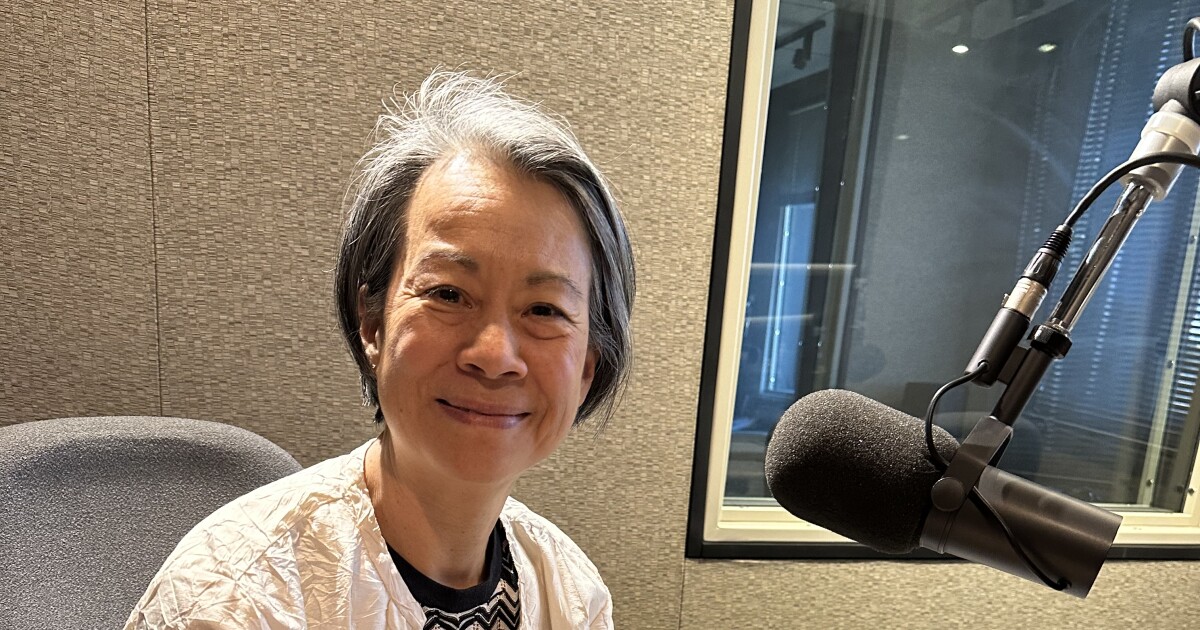The Herberger Institute for Design and the Arts at Arizona State University is charting a new course under the leadership of Renée Cheng, who began her tenure as dean late last year. Drawing from her extensive experience at the University of Michigan, University of Minnesota, and University of Arizona, Cheng brings a fresh vision to the role.
In a recent conversation with The Show, Cheng discussed her aspirations for the Herberger Institute and reflected on the significance of arts and design in contemporary society, as well as her motivations for returning to Arizona.
Embracing Inclusion and Responsibility
RENÉE CHENG: “I think really it was ASU’s charter and meeting Michael Crow and seeing what he’s been doing with it. The charter of inclusion and access and the taking of fundamental responsibility in society, that something unusual for public higher ed, but actually is very much in keeping with what I think public ed was founded for.”
Cheng is captivated by Arizona State University’s commitment to inclusivity and societal responsibility. Reflecting on her decision to lead the Herberger Institute, she emphasized the opportunity to guide one of the largest and most comprehensive design and arts institutions.
The Role of Arts and Design
Cheng argues that arts and design are integral to enriching lives and enabling societal prosperity. She highlights the misconception that art is a luxury, stating, “There are times where art is seen as a luxury for an elite group of people that have time and resources available. And I’ve always thought of art as really integral with enriching one’s life and making one able to prosper in society.”
She underscores the importance of quality design in daily life, noting that it profoundly impacts who thrives. Cheng also shared examples of how arts and design can address complex issues, citing research on environments for aging populations and neurodiverse children, as well as the institute’s achievement in winning the X Prize for biodiversity measurement in the Brazilian rainforest.
Art as a Problem-Solving Tool
Addressing skepticism about art’s real-world impact, Cheng provided a poignant example of a faculty member’s work. Ben Timpson creates portraits of Indigenous women who have been lost, using butterfly wings in collaboration with their families. These artworks not only honor the women but also raise awareness of social issues.
Cheng believes art can convey complex messages more effectively than words alone, especially on topics like climate change. She remarked on how art can make abstract concepts more tangible and relatable, enhancing public understanding.
Fostering Empathy and Connection
Cheng advocates for maintaining artistic expression throughout education, arguing that it fosters empathy and connection. “People process information in wildly different ways,” she explained, emphasizing the need to harness diverse media to communicate and connect.
While acknowledging challenges in advocating for the arts, Cheng is optimistic that people will recognize the value of empathy and connection, particularly in addressing societal issues like isolation and climate change. Her vision for the Herberger Institute is one where art and design play pivotal roles in enriching lives and solving societal challenges.









